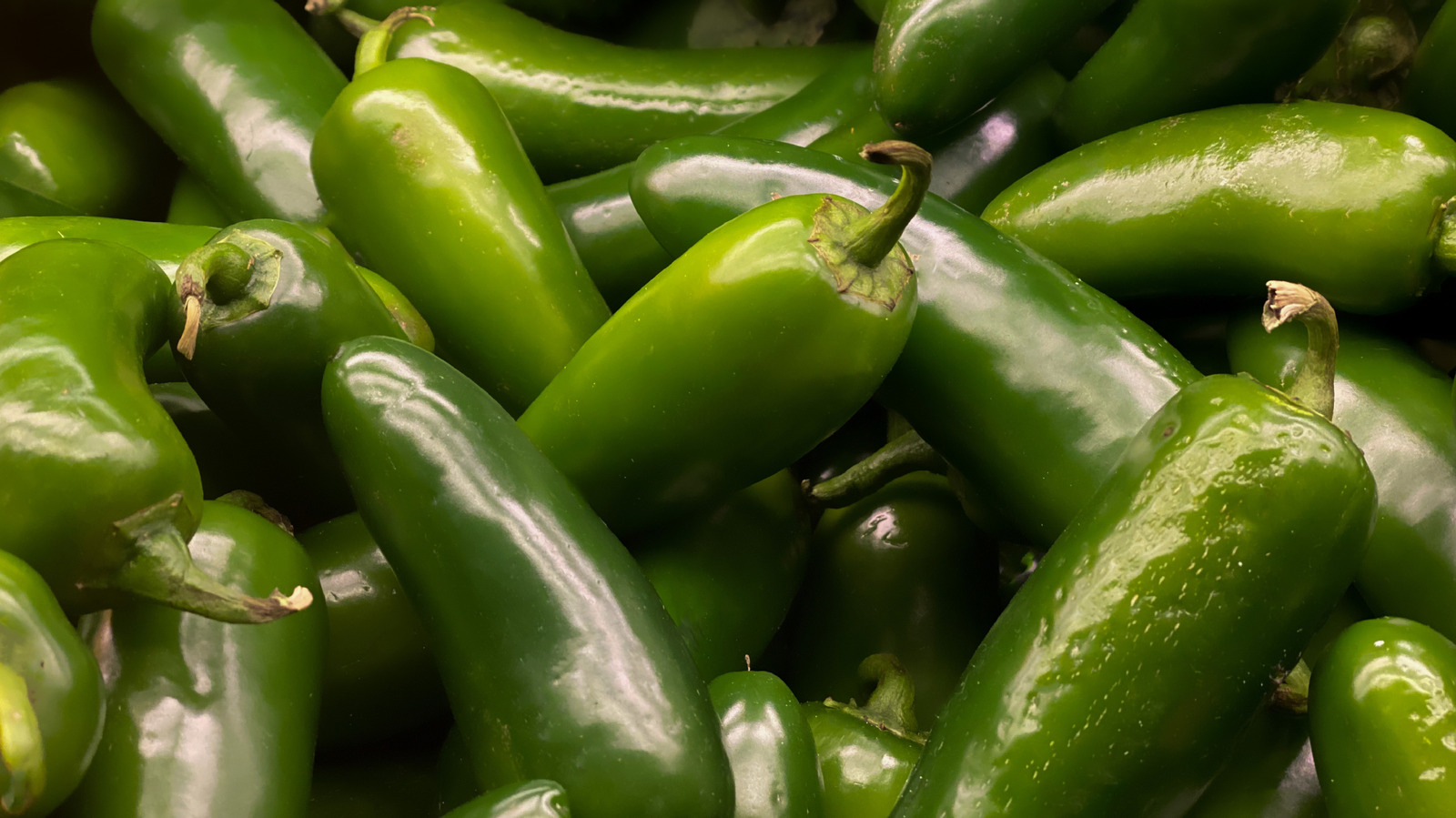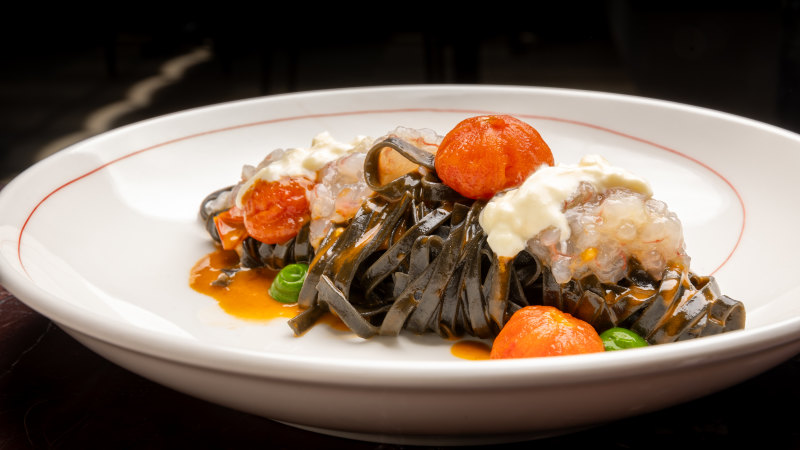As and fast food chains nationwide, more home cooks are incorporating hot peppers. However, it's understandable if you don't want that heat sensation to be overwhelming. Shoppers can determine on sight whether that jalapeño in the produce section is going to spare their palate or completely blow it out.
Just look for telltale lines, evocative of stretch marks, spread lengthwise down the skin of the chosen pepper. These lines are usually white in color but can also be brown. Stretch marks appear on a jalapeño pepper as it ages.
Known as pepper corking, it's a sign that the pepper is growing rapidly; the jalapeño's skin splits to accommodate the growing inner fruit. The more a jalapeño is watered and kept in good sunlight, the more likely it is to grow at a rate that encourages pepper corking. Because a jalapeño with corking is a more mature pepper, it's had more of an opportunity to build up capsaicin, a naturally occurring molecular compound that produces heat in any spicy pepper.
As a jalapeño ages and ripens, its color will change from green to red. A red jalapeño will also have a sweeter taste than its not-as-ripe green counterparts. Bear in mind, there is no scientific basis that confirms a jalapeño with stretch marks is definitely spicier than one without.
That said, this method is still the best visual indicator of a pepper that could be too hot for your personal tastes. How to reduce the heat of a spicy jalapeño So, you're getting ready to make for ga.

















